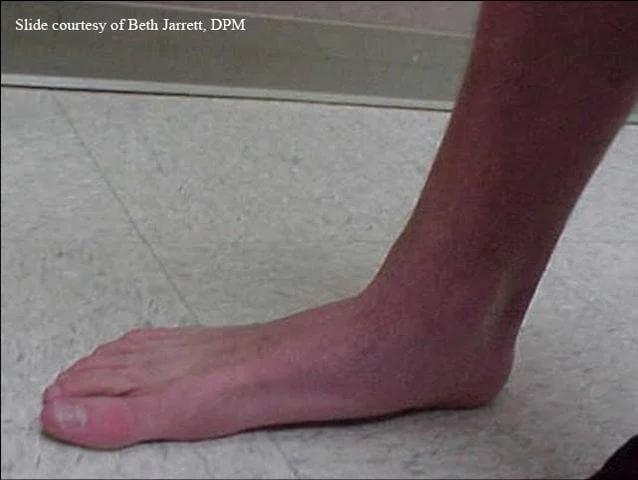The term flat feet is a generic term used to describe a condition of the feet in which the medial longitudinal arches of the feet are in contact with the ground or are very low when standing. Flat feet is more commonly known as pes planus or over pronation.
Many people with flat feet experience little or no pain yet flat feet can lead to severe foot, ankle, knee, hip and back pain in some people as flat or pronated feet can cause the feet and legs to be out of balance and alignment which can lead to strain and pain in the joints, ligaments and muscles of the feet, ankles, knees, hips and back. Common conditions associated with flat feet are metatarsalgia or pain in the ball of the feet, arch and heel pain (plantar fasciitis), posterior tibial tendinitis (adult-aquired flat foot), shin splints and Achilles tendinitis, as well as, knee, hip and back pain.
Infants and children under the age of 4 or 5 appear to have pronated or flat feet. They have arches that have not developed and there is a fat pad under the foot that makes the foot appear flat. After the age of 5 or so a child's foot loses the fatty padding and appears more like the adult foot. Some children's feet remain pronated due to genetic factors and continue to develop in a flat or pronated position into adulthood. If untreated the child's foot can develop in a pronated or flat position in adulthood, which can lead to foot problems such as bunions as they get older.
The treatment of flat feet is a much-debated topic as some medical professionals advocate only treating this condition when pain is present yet some advocate treating flat feet to prevent potential wear and tear that the poor alignment associated with flat feet can cause. Flat feet and many of the associated painful problems are conservatively treated with custom-made foot orthotics, which are made from a mold of the foot and are worn in the shoes. Foot orthotics work by supporting and realigning the arches of the feet and lower limb which takes the strain away from the painful ligaments, muscles and joints. Treatment can also include physical therapy such as icing, stretching and muscle strengthening in combination with foot orthotic therapy. Orthotics are usually worn for the life of the patient much the same way glasses are for your eyes.
















